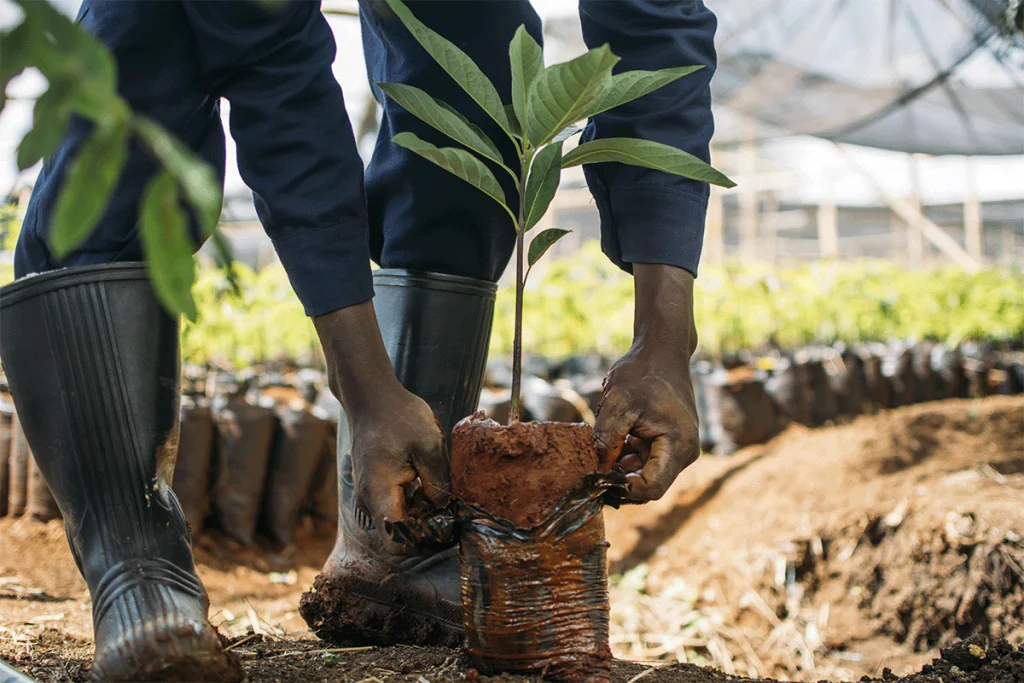Experts affirm that humans pose the most significant threat to Earth’s ecosystems—both land and sea—and, by extension, to ourselves. As the COP16 biodiversity summit enters its second week in Cali, Colombia, delegates are assessing progress on 23 targets agreed in Canada two years ago aimed at halting and reversing environmental destruction by 2030.
Here’s a look at the crisis, in numbers:
Two-Thirds of Oceans Degraded
According to the IPBES (Intergovernmental Science-Policy Platform on Biodiversity and Ecosystem Services), human consumption has altered 75% of Earth’s land and degraded two-thirds of its oceans. Wetlands have declined by over a third from 1970 to 2015—three times the rate of forest loss. However, IPBES underscores that effective restoration could yield benefits ten times the cost.
The Kunming-Montreal Global Biodiversity Framework has set a target to have 30% of degraded ecosystems under “effective restoration” by 2030.
One Million Species at Risk
Over 25% of plant and animal species assessed by the IUCN Red List are at risk of extinction, with around a million species threatened overall. Pollinators, vital for the survival of three-quarters of crops, are dwindling rapidly. Corals, crucial for 850 million people dependent on reefs, could disappear if the planet warms by 2°C above pre-industrial levels, the Paris Agreement’s upper limit.
The “Five Horsemen” of Biodiversity Loss
The UN identifies five primary causes of biodiversity loss, all driven by human actions: habitat destruction, over-exploitation of resources, climate change, pollution, and invasive species. By 2050, climate change is expected to become the leading driver of biodiversity decline.
Nature Powers Half the Global Economy
PwC reports that over 55% of the global GDP—about $58 trillion—relies on nature. Key industries at risk from biodiversity loss include agriculture, forestry, fisheries, and aquaculture, while critical services like pollination, water purification, and disease control are also dependent on healthy ecosystems.
Economist Pavan Sukhdev estimates that biodiversity loss costs between €1.35 trillion and €3.1 trillion per year.
$2.6 Trillion in Harmful Subsidies
Finally, according to Earth Track, subsidies detrimental to the environment—covering sectors such as fisheries, agriculture, and fossil fuels—amount to at least $2.6 trillion annually. This surpasses the Kunming-Montreal framework’s goal of mobilizing $200 billion per year for nature conservation. A separate target aims to cut harmful subsidies by at least $500 billion per year by 2030.

